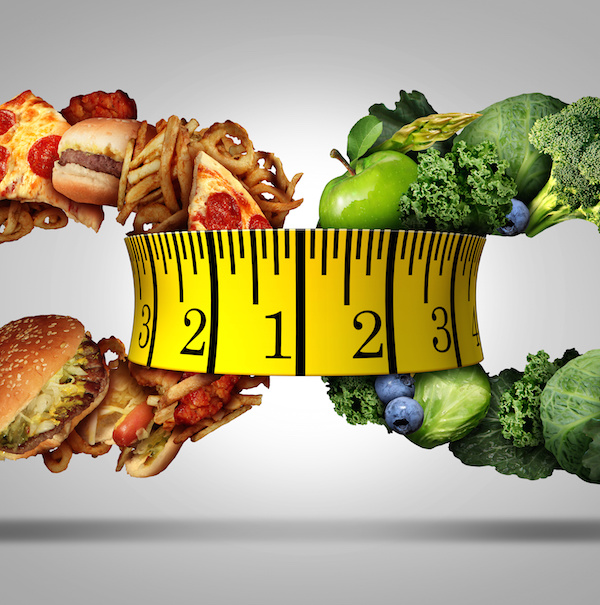
TUESDAY, April 20 (HealthDay News) — The U.S. Food and Drug Administration should take steps to lower the amount of salt in the American diet over the next decade, an expert panel advised Tuesday.
In a report from the Institute of Medicine, an independent agency created by Congress to research and advise the federal government on public health issues, the panel recommended that the FDA slowly but surely cut back the levels of salt that manufacturers typically add to foods.
“Reducing American’s excessive sodium consumption requires establishing new federal standards for the amount of salt that food manufacturers, restaurants and food service companies can add to their products,” a news release from the National Academy of Sciences stated.
The plan is for the FDA to “gradually step down the maximum amount of salt that can be added to foods, beverages and meals through a series of incremental reductions,” the statement said. “The goal is not to ban salt, but rather to bring the amount of sodium in the average American’s diet below levels associated with the risk of hypertension [high blood pressure], heart disease and stroke, and to do so in a gradual way that will assure that food remains flavorful to the consumer.”
In a statement released Tuesday afternoon, the FDA said it is already moving ahead on the issue.
“Over the coming weeks, the FDA will more thoroughly review the recommendations of the IOM report and build plans for how the FDA can continue to work with other federal agencies, public health and consumer groups, and the food industry to support the reduction of sodium levels in the food supply,” the agency said. “The Department of Health and Human Services will be establishing an interagency working group on sodium at the department that will review options and next steps.”
The Salt Institute, an industry group, reacted to the news with shock. “Public pressure and politics have trumped science,” said Morton Satin, technical director of the institute.
“There is evidence on both sides of the issue, as much against population-wide salt reduction as for it,” Satin said. “People who are equally well-known in hypertension are arguing on both sides of the issue.”
But Dr. Jane E. Henney, chairwoman of the committee that wrote the report and a professor of medicine at the University of Cincinnati, said in a statement that “for 40 years we have known about the relationship between sodium and the development of hypertension and other life-threatening diseases, but we have had virtually no success in cutting back the salt in our diets.”
According to the new report, 32 percent of American adults now have hypertension, which in 2009 cost over $73 billion to manage and treat. And the American Medical Association asserts that halving the amount of salt in foods could save 150,000 lives in the United States each year.
“There is clearly a direct link between sodium intake and health outcome,” said Mary K. Muth, director of food and agricultural research at RTI International, a not-for-profit research organization, and a member of the committee that wrote the report.
Reducing salt in the American diet will take some time, Muth said. It needs to be done in a stepwise and monitored process, she said. “Consumers will adapt to lower levels of sodium that will be found to be just as tasty with gradual reductions over time.”
There was no debate about the health effects of excess sodium intake, added another committee member, Dr. Robert J. Rubin, a clinical professor of medicine at Georgetown University, in Washington, D.C. “What we did was to recommend strategies to reduce salt intake consistent with the dietary guidelines for Americans,” Rubin said.
One such strategy would have the government check on levels of sodium intake as part of the existing national health survey, he said. Some participants in the survey would be asked to have 24-hour tests that would measure the salt content of their urine. They do this in the United Kingdom and other countries, Rubin said.
A federal program will also, “provide companies the level playing field they need so they are able to work across the board to reduce salt in the food supply,” the Henney statement said. “Lowering sodium by the food industry in a stepwise, monitored fashion will minimize changes in flavor and still provide adequate amounts of this essential nutrient that are compatible with good health.”
The recommended maximum daily intake of sodium for an adult American is 2,300 milligrams a day, the amount in about one tablespoon of salt, while the recommended adequate intake is 1,500 milligrams, and even lower for those over 50. But Americans consume 3,400 milligrams of sodium, on average, a day, the IOM panelists said.
New York City has been a leader on the salt issue. In January, the city urged food manufacturers and restaurants to reduce sodium in foods by 25 percent over the next five years. The New York program has been endorsed by a number of cities, including Boston, Chicago and Los Angeles.
Reducing salt content while maintaining flavor will be a major challenge for food companies, much greater than reducing calories by cutting sugar. Non-caloric artificial sweeteners are in wide use, but no such salt substitute is currently available.
One expert pointed out that, in the meantime, consumers also face a challenge.
“All nutritionists work at lowering their patients’ salt intake,” Karen Congro, a nutritionist and director of The Wellness for Life Program at The Brooklyn Hospital Center in New York City, said in a statement. “This is a huge problem for people who eat processed food or eat out in restaurants. Anyone who eats more than one or two processed food items per day will get an overdose of salt. Imposing federal standards will encourage food manufacturers to create better products by using other herbs and spices to maintain flavor while reducing salt.”
More information
Tips on reducing salt in your diet are given by the U.S. National Institutes of Health.

